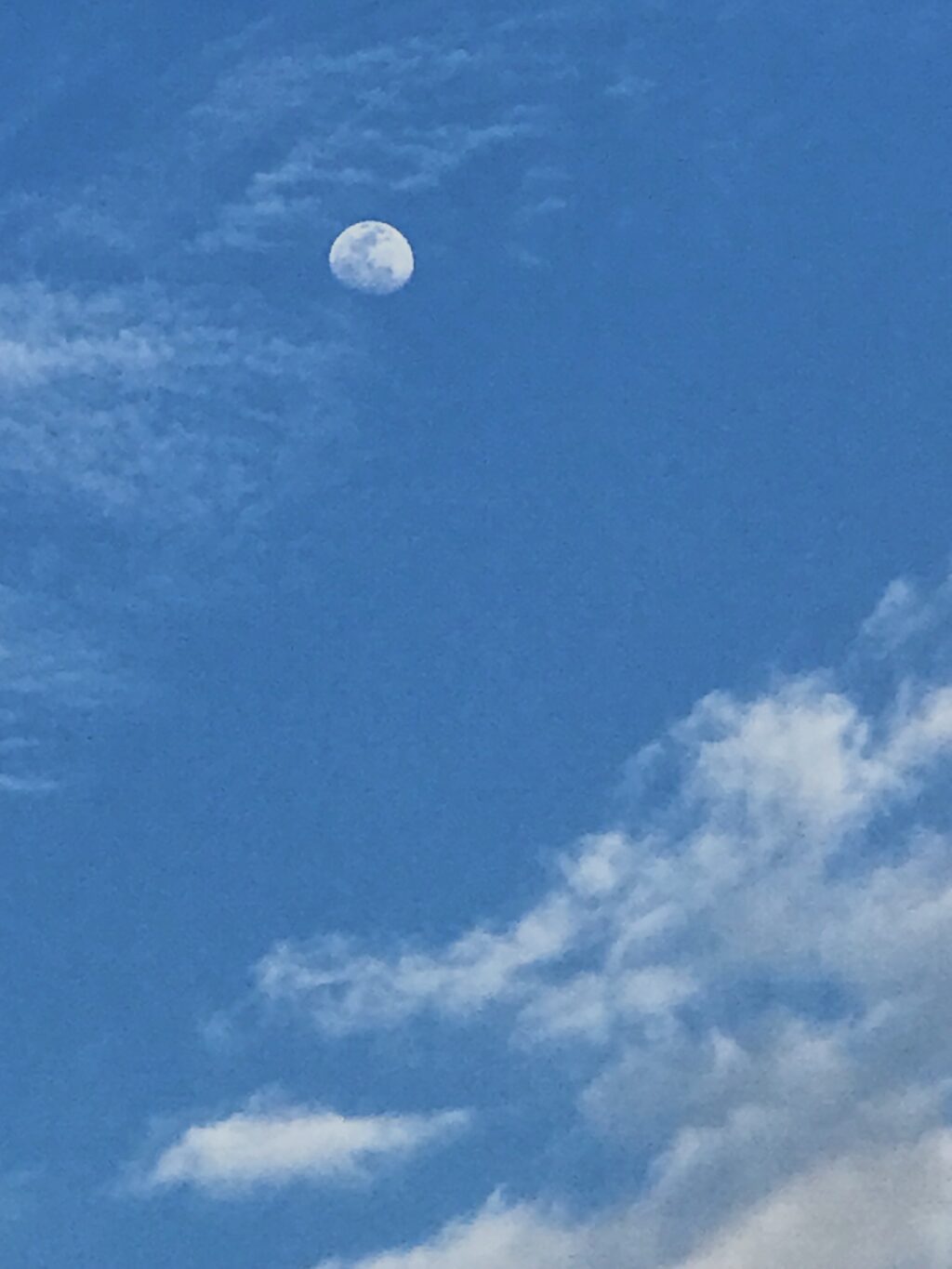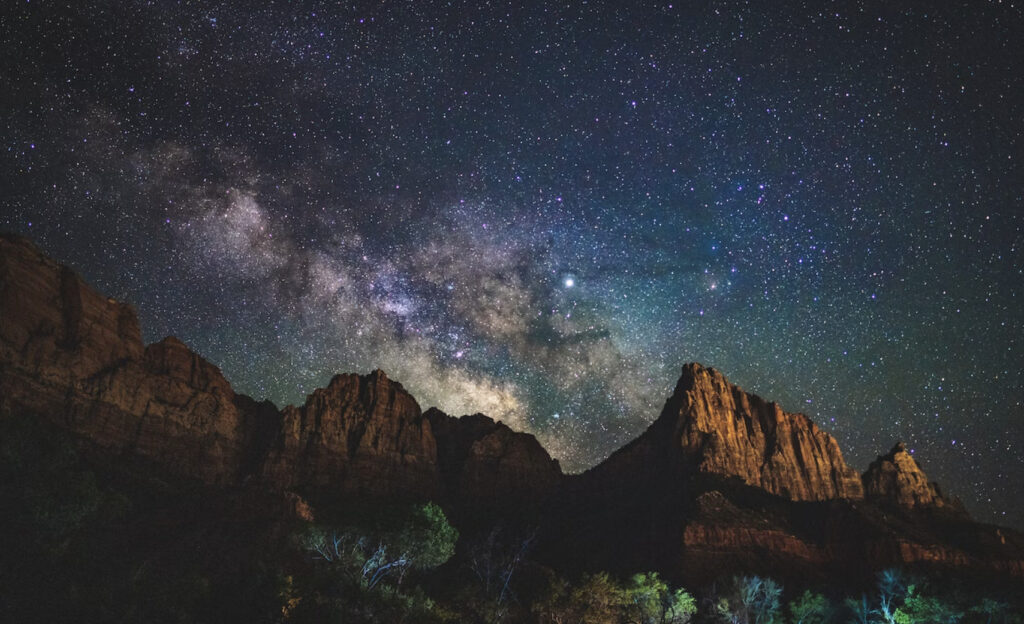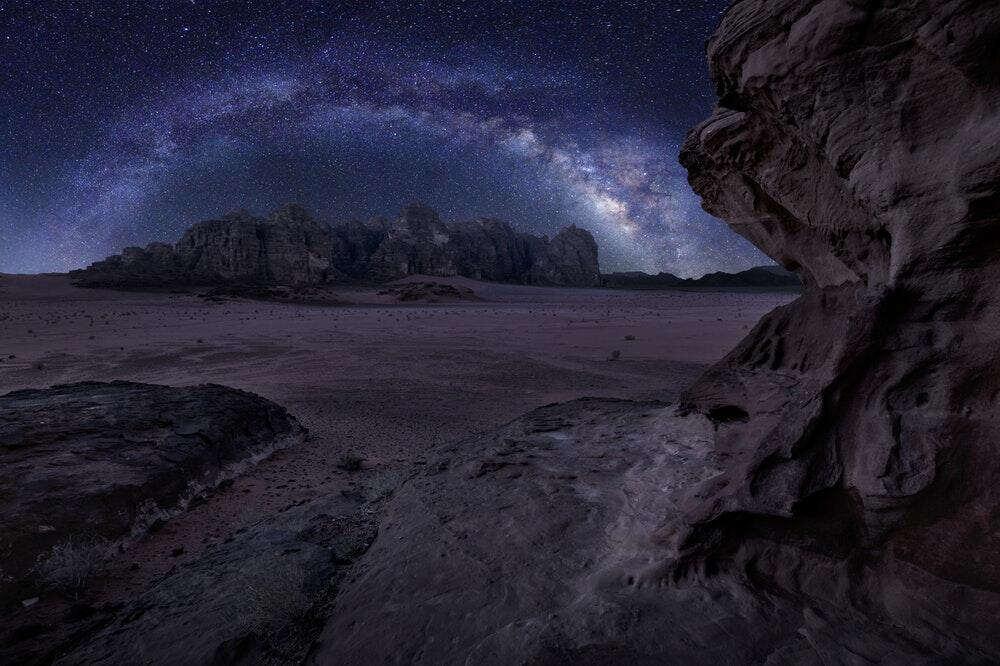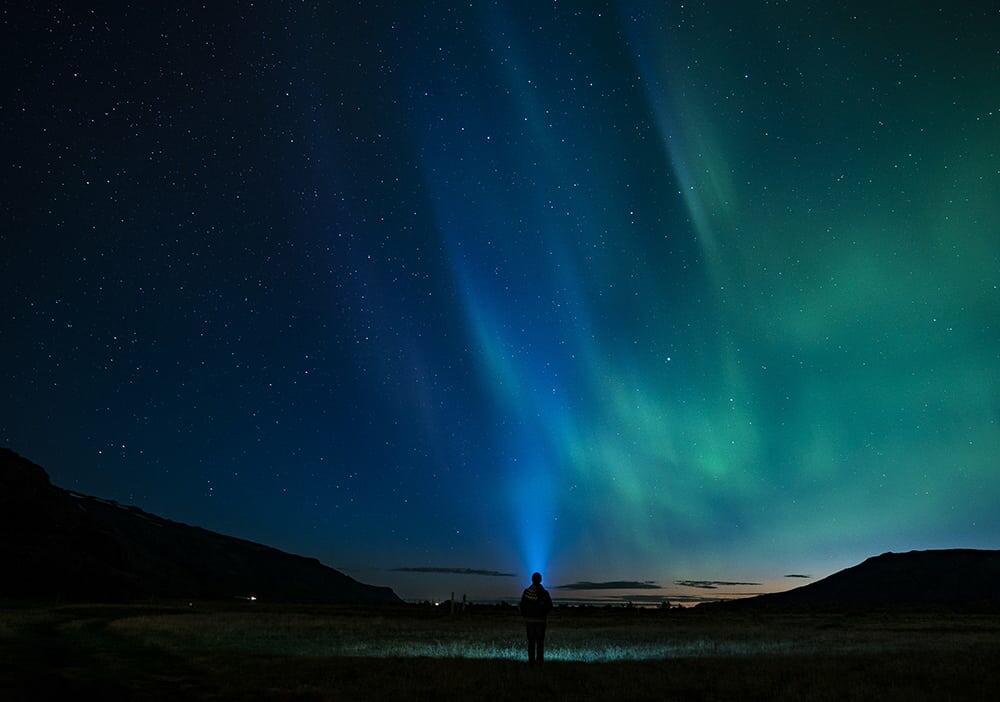Today we are going to give you a great foundation with complete notes on astrophotography for beginners.
Indeed, people have always had a thing for the sky and contemplating it is perhaps one of the best free experiences anyone can have. Since photography appeared in our lives, we've been drawn to capture many things that trigger our senses in different ways, and the starry sky is one of them.
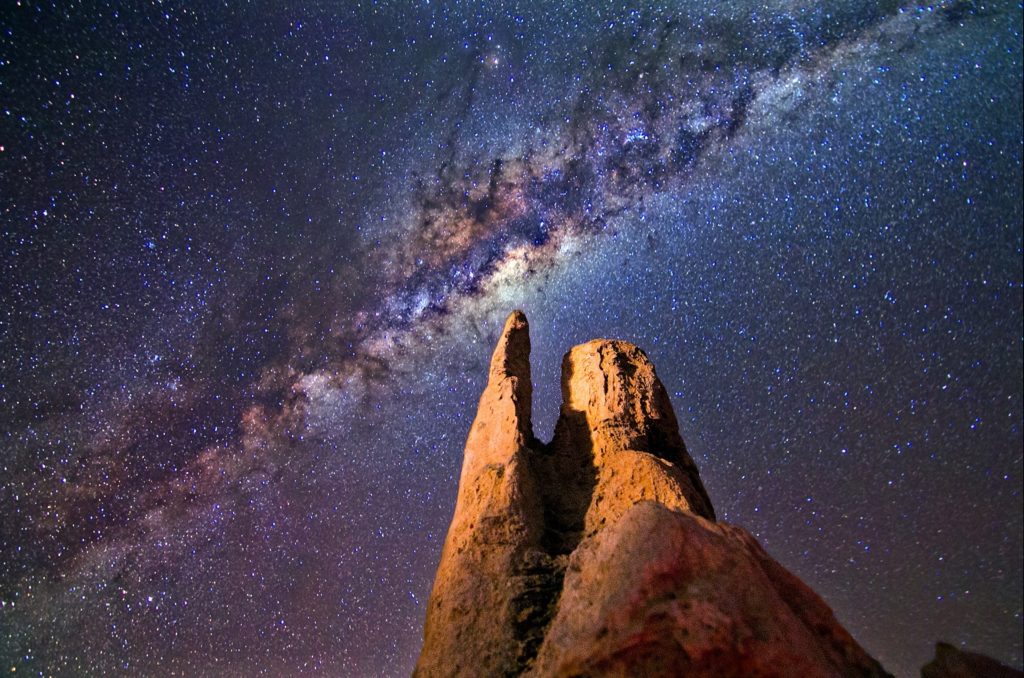
Here we'll give you what you need in order to begin capturing the beautiful deep sky by exploring astrophotography for beginners.
Grab your Milky Way Photography Blueprint for free right here.
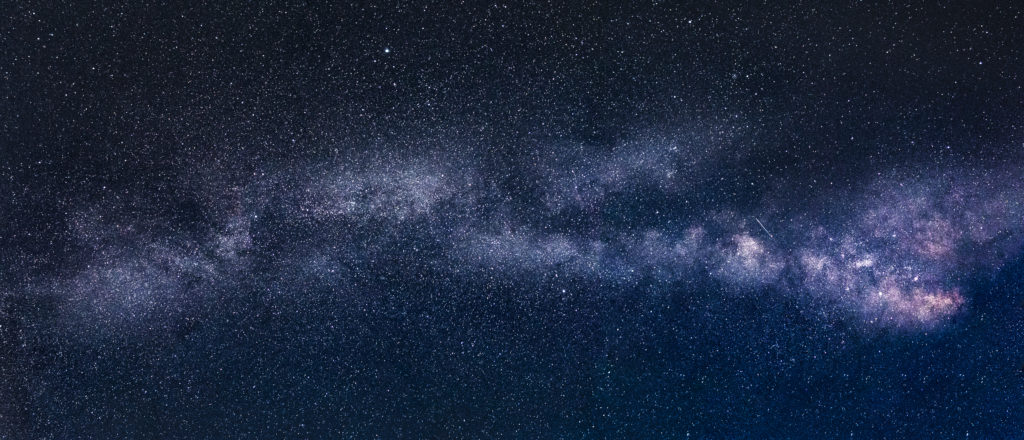
The Basic Gear for Astrophotography
If you are just starting out, there is no actual need for the best full frame camera on the market. You'll do just fine with a recent DSLR camera and a wide angle lens. The real trick with gear will be in using a sufficiently sturdy tripod and scouting out for the best light-pollution-free spot.
It is important to note the use of recent DSLR cameras because companies have improved ISO capabilities a lot in comparison with cameras that are now some years old. In general terms, newer DSLR bodies will have better results with astrophotography because of this improved ISO performance though you can still get great results with older models.
While I was thinking about astrophotography for beginners, I realized that I should note that it is important that you work with a focal length that allows you capture big chunks of the sky, which is why choosing a good wide angle lens would be a wiser move than the latest and greatest in DSLR cameras. Fast (large maximum aperture) and wide are the general rules here.
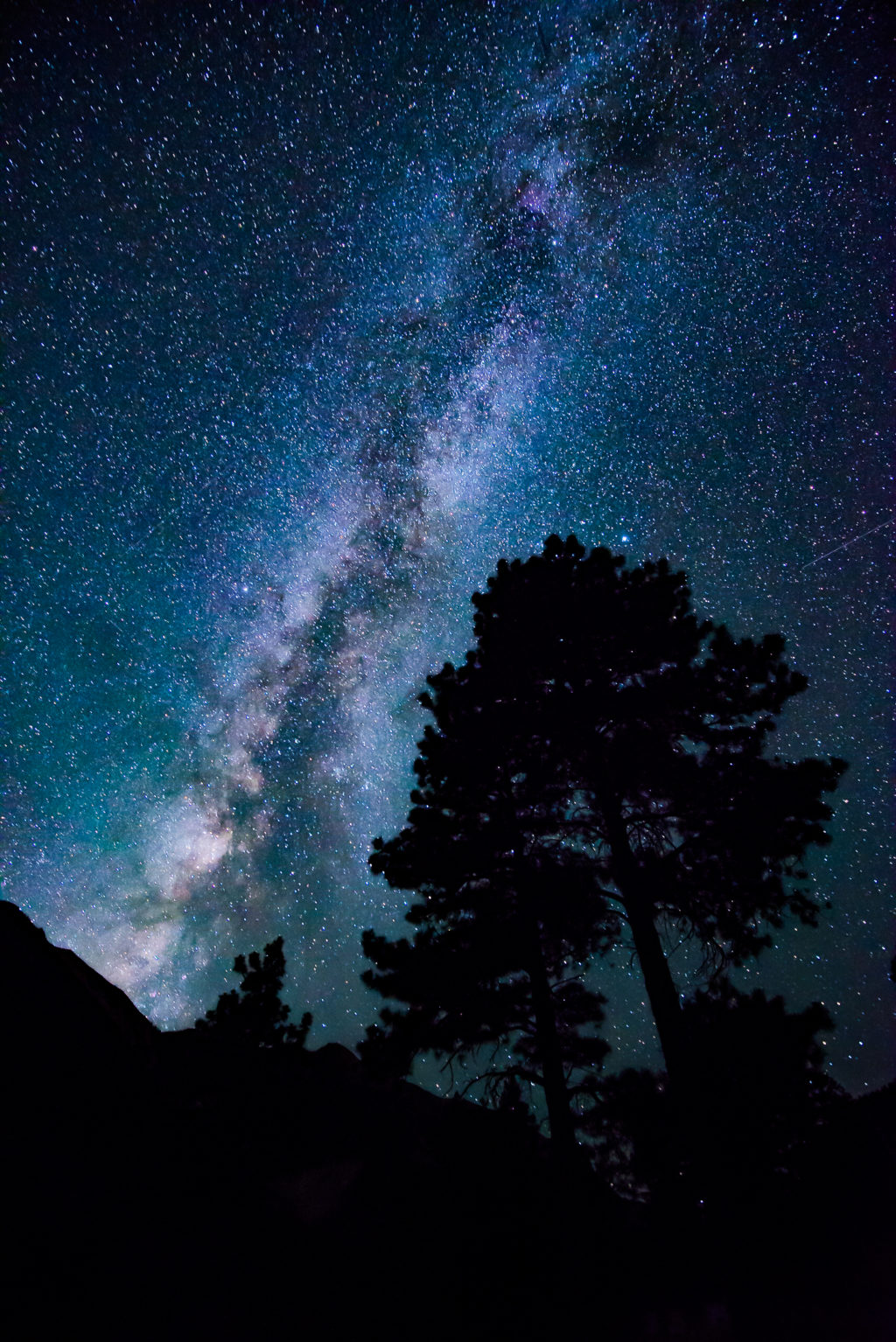
The Best Camera Settings for Astrophotography
Astrophotography's scope is pretty wide and covers various night sky scenarios from, the milky way and auroras, to star trails. Beyond the obvious geographic changes, all these astrophotography styles require different camera settings in order to get effective photos, so we've compiled different and comprehensive guides, including specific settings, that will make your photographs a bit better:
These 3 extremely comprehensive astrophotography guides will walk you through the different exposure settings (shutter speed, aperture, and ISO settings) for the different sky objects you will probably want to shoot.
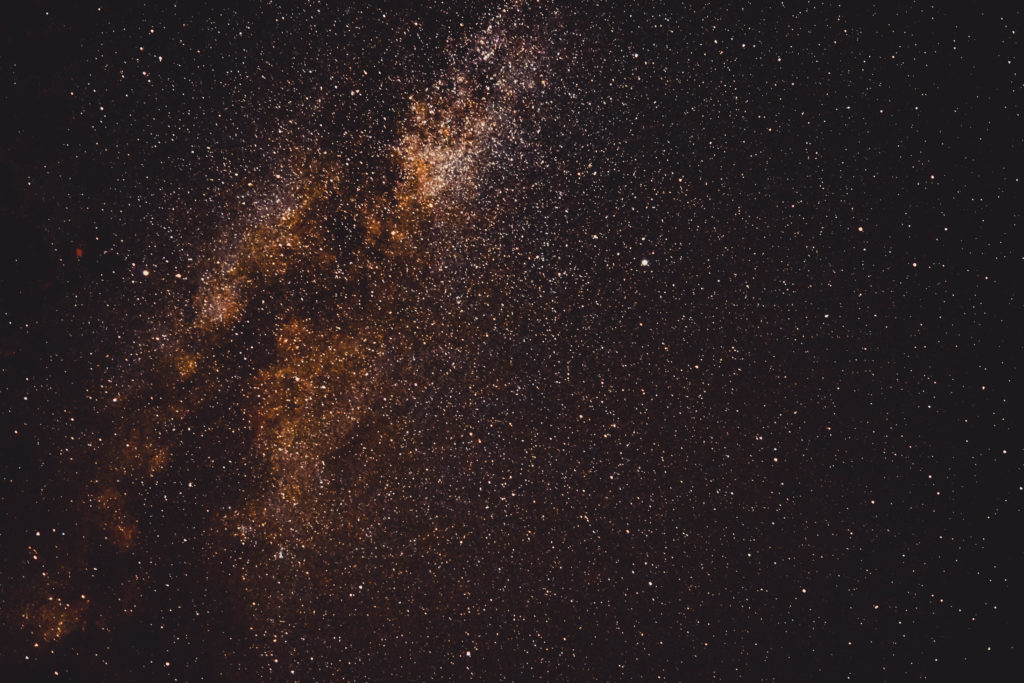
Exposure Rules for Astrophotography
Photography has certain exposure rules that make astrophotography for beginners something extremely easy to start.
The 500 Rule
The 500 Rule is a guide or recipe that allows you to quickly assure optimal camera settings for good exposure when capturing stars and the Milky Way in sharp focus and without any star trails. The general formula is ISO 1600, f/2.8 (or the widest it will go) and 500/focal length of your lens.
The 600 Rule
Since astrophotography may vary from one place to another, the 500 rule may not be quite the right tool for you. But don't worry, there is another rule, the 600 rule. This is pretty similar to the 500 rule but instead of considering 500 as the constant value of the formula, it will be 600.
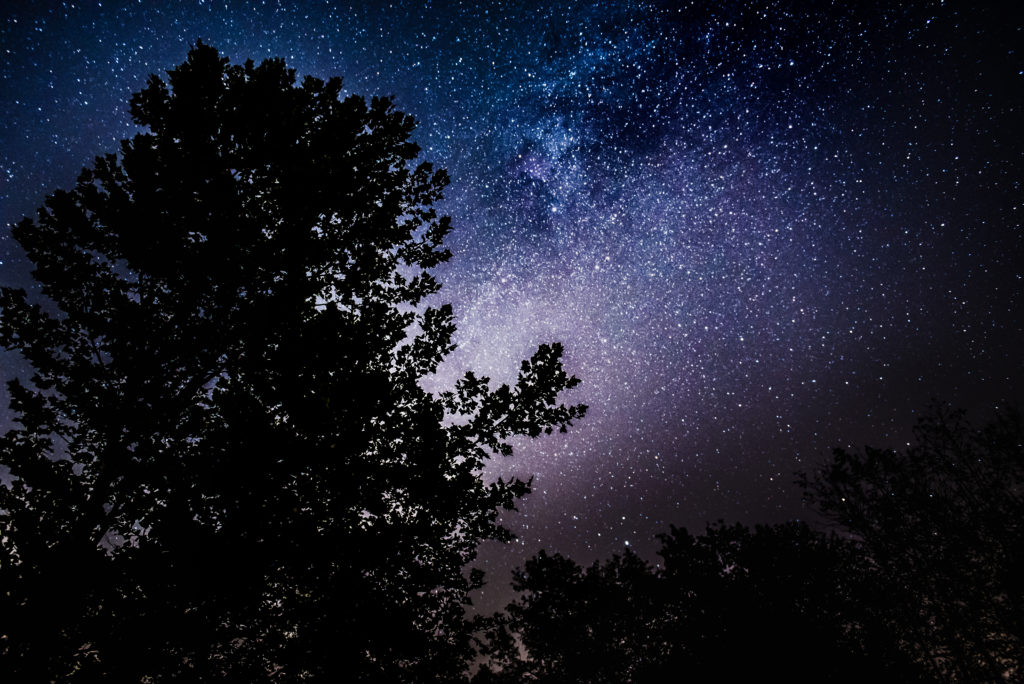
Astrophotography For Beginners Tip – Where to Find the Milky Way
Finding the Milky Way is possible to do with the bare naked eyes, but is not an easy thing to do in many places, and it will become harder and harder as long as cities keep growing larger and larger.
The number 1 enemy of milky way astrophotography is light pollution. Our galaxy can fill a clear summer night sky with thousands of stars and is so large that you can see it with your naked eyes. But, you'll need to find a dark and isolated location (including avoiding light from the moon). Achieving this could require some outdoorsy skills; but to make sure everything will work out for you, try using a light pollution map as well.
If you are familiar with star constellations, then you can find the Milky Way near Sagittarius. If not, it might be an idea to download a good app.
A great tool for planning your Milky Way shoot and ensuring that you always know where to find the Milk Way is Stellarium.
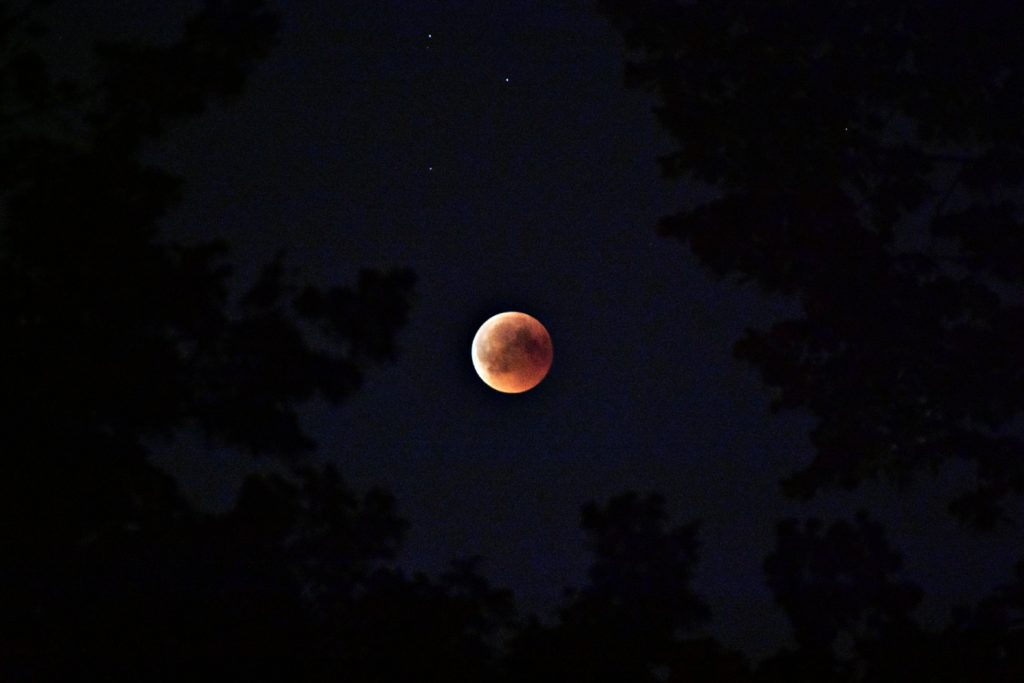
How to Focus at Night
Modern lenses are extremely powerful when it comes to focus, or at least they are when there is enough light for them to decide where to focus. But while doing night sky astrophotography, getting your camera to focus might frustrate you if you don't know how to focus in low light situations.
Astrophotography is perhaps the most difficult genres when it comes to focusing because your subjects are millions of miles away. But don't worry, we've got your back with this useful guide on how to focus in low light Including astrophotography situations.
The general tactic is to focus manually with your lens focused to infinity and then use your camera’s live view function (maxed to 100%) to make minor adjustments until you get perfect focus.
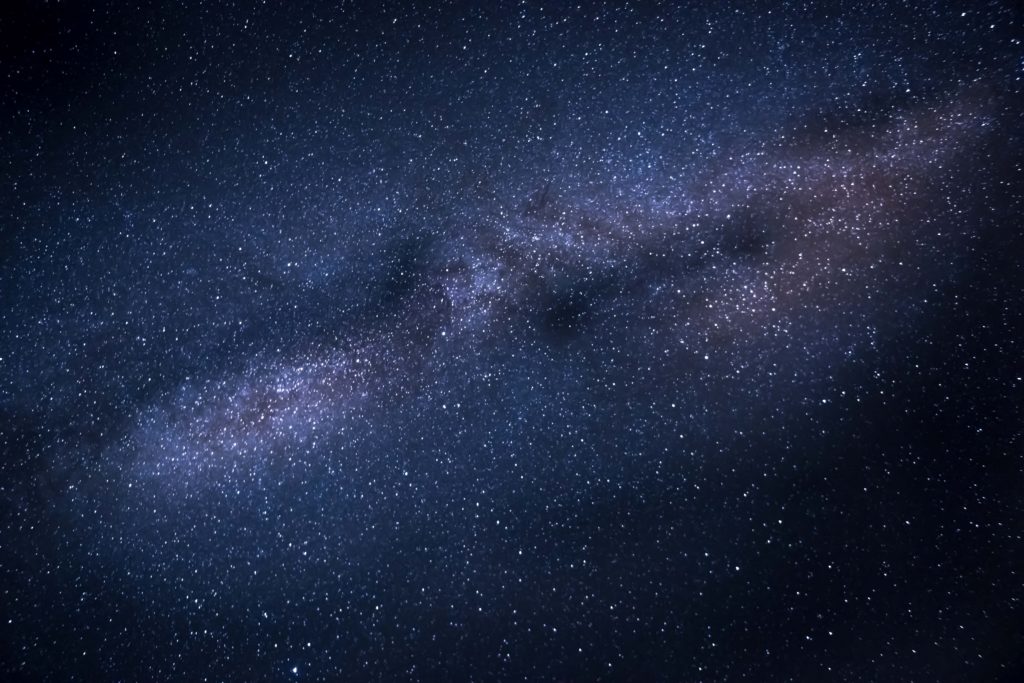
Great Apps for Astrophotography
Light Pollution Map
As we said before, beautiful and spotless astrophotography has a lot to do with light-pollution-free skies, so you should check out this extremely useful map for you to start your clear sky seeking journey.
The Photographer's Ephemeris
This has been a classic tool for the outdoorsy photographer for a long time and there is also a free web app for you to use. You can also download it for android and iOs.
Stellarium
This is a free planetarium for your computer, and of course, it renders a pretty realistic sky in 3D, just like if you were watching it through your own eyes (or with the aid of binoculars or a telescope). This will help you it to know where to scout when traveling long distances.
All in One Solution
What about a single elegant solution at a great price? Well, that is exactly what PhotoPills offers to you. This could be a game changer in your astrophotography and has a place on most serious astrophotographers’ phones.
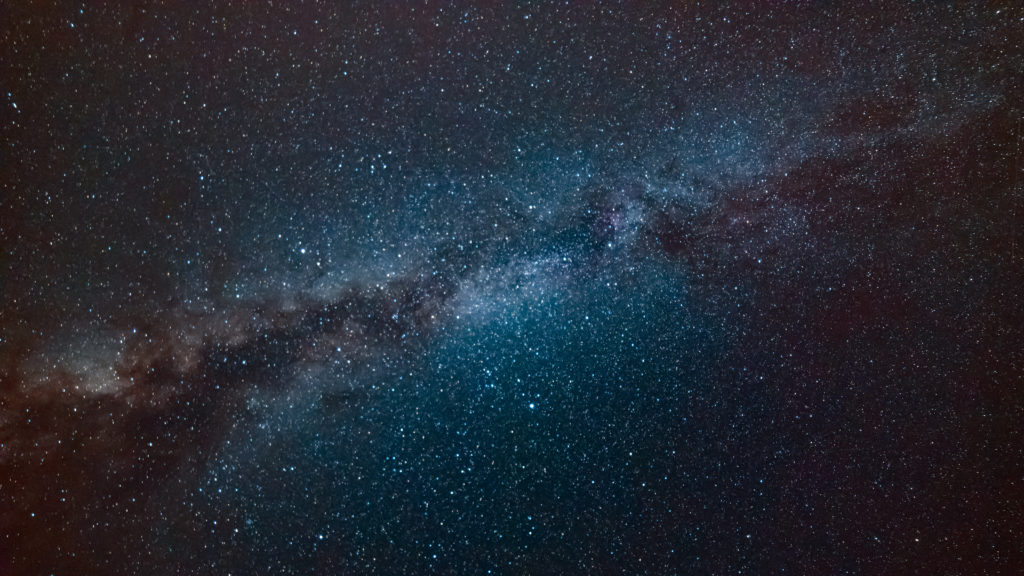
Quick Astrophotography For Beginners Tips for Better Shots
- Think about the camera lens before arriving at the place, this will save you time and even money since changing lenses in the outdoors is a pain.
- The shot is just the 50% of the final image, so try to capture the best image for smooth image processing that will make your shot worth the effort by shooting raw.
- Use the live view mode for broader focusing capabilities before the shot.
- Don't forget a weight to keep your tripod sturdier when shooting in windy situations.
- You'll want to use a shutter release cable, lock your mirror and don't forget to cover your viewfinder as well!
- Don't leave your jacket at home!
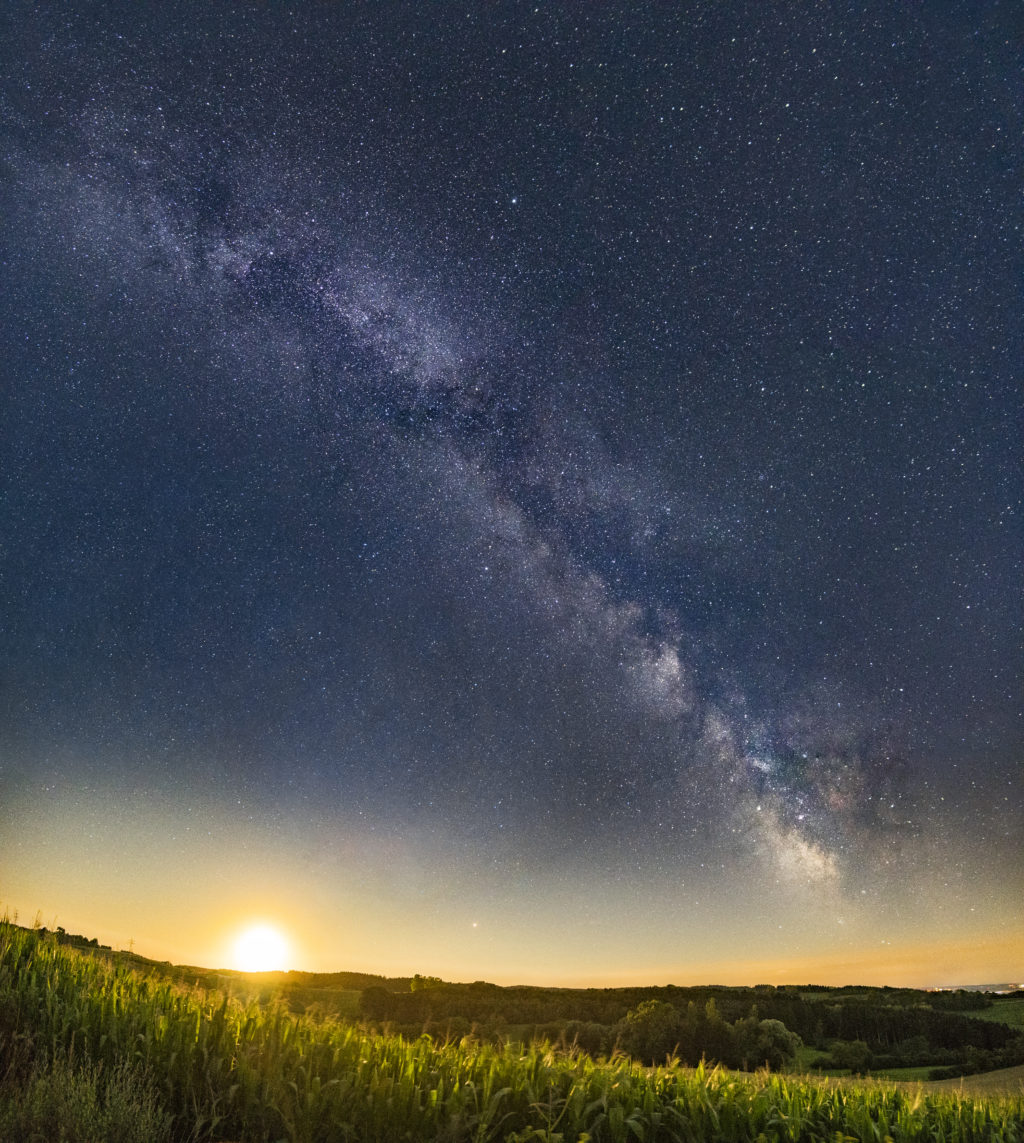
Don't forget to do your homework before actually turning your camera on when you are looking to get a good astrophotography shot. Scout for the perfect spot, this nocturnal landscape won't be waiting for you, you need to go out and find it.
We've loved putting this astrophotography for beginners guide together and so, we hope these tips make your images better, and if so, please share them with us at the forums!



